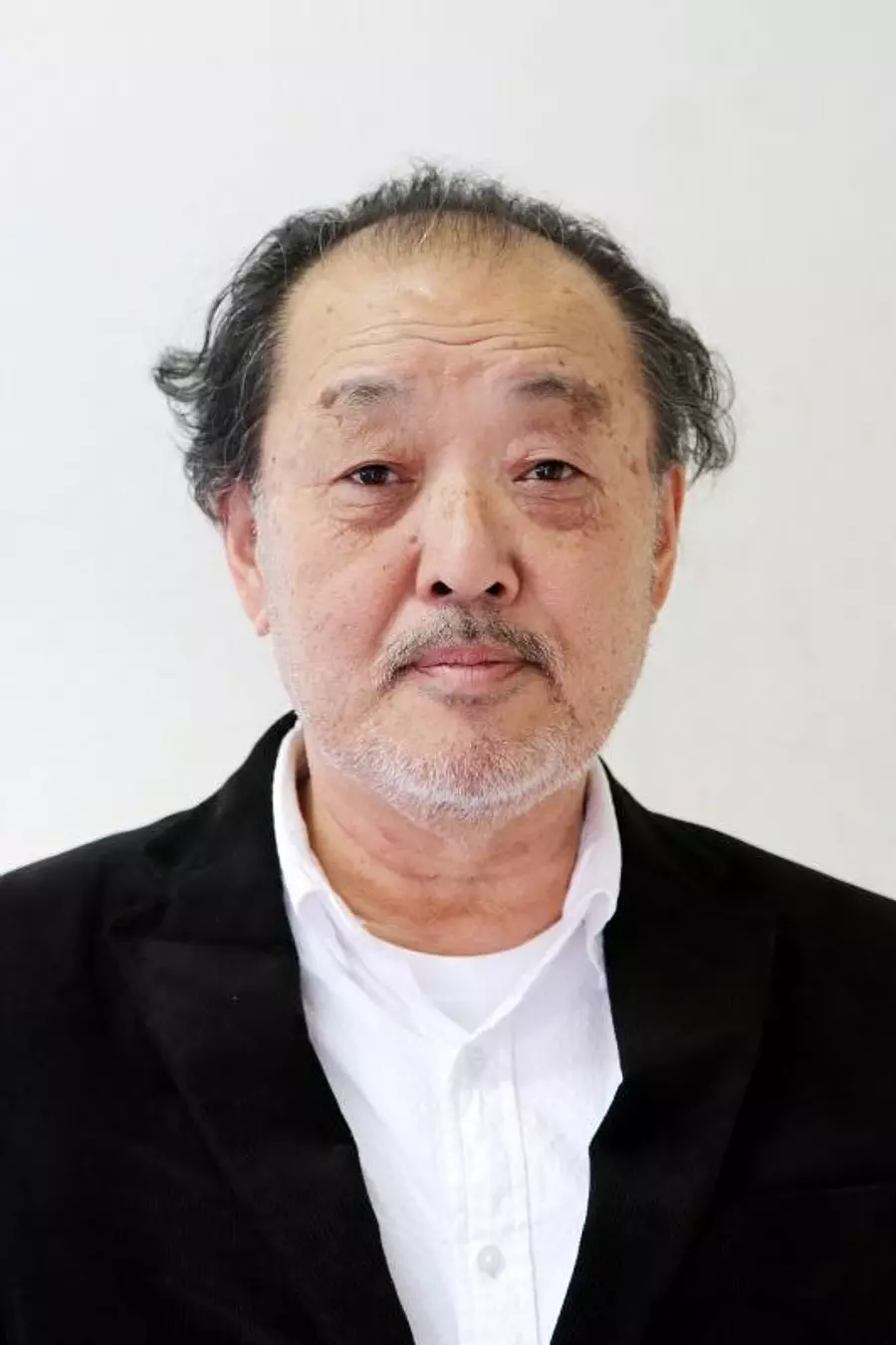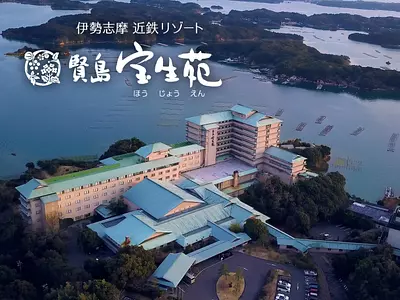The activities of the Jingu Shrine and the Jingu Forest are the original scenery of Japan that has continued since ancient times. Mr. Haruo Nakano (Interview on the 70th anniversary of the designation of Ise-Shima National Park)
掲載日:2016.11.26
Interview “What I feel is the charm of Ise-Shima National Park”
Ise-Shima National Park is home to the ocean, the forest of the Jingu Shrine, and the rich lives of the people who are rooted in these areas. We talked about these various attractions from various angles.
This time we will be speaking with photographer Haruo Nakano.
(Article cooperation: <a href="http://www.isenp.co.jp/" target="_blank">Ise Shimbun Press</a>)

Ise-Shima National Park is home to the ocean, the forest of the Jingu Shrine, and the rich lives of the people who are rooted in these areas. We talked about these various attractions from various angles.
This time we will be speaking with photographer Haruo Nakano.
(Article cooperation: Ise Shimbun)
■Jingu Forest that your body will remember forever
Since my grandfather's generation, my family has been a fresh fish merchant delivering sacred food to IseJingu. A festival called Hibetsu Asayu Oomisensai is held at the shrine every day, and for that purpose we bring sea bream and other items every morning, and I've been helping there since I was in the third grade of elementary school. I used to go to the shrine every morning, so I felt like I grew up breathing in the morning air of the shrine forest.
I went abroad when I was 19 and traveled around the world for about five years, but when I came back to Japan, I decided to go to Arashiyama in Kyoto first. On my way to Arashiyama by train, I changed trains at Katsura Station, and when I got off the train, I saw the lush greenery of May. When I saw that, tears started flowing.
I didn't know what it was at the time, but when I looked back on it later, I realized that my body had remembered the greenery of the Jingu forest that I had grown up in when I was little, and that my body had suddenly resonated with that memory.
Since my grandfather's generation, my family has been a fresh fish merchant delivering sacred food to IseJingu. A festival called Hibetsu Asayu Oomisensai is held at the shrine every day, and for that purpose we bring sea bream and other items every morning, and I've been helping there since I was in the third grade of elementary school. I used to go to the shrine every morning, so I felt like I grew up breathing in the morning air of the shrine forest.
I went abroad when I was 19 and traveled around the world for about five years, but when I came back to Japan, I decided to go to Arashiyama in Kyoto first. On my way to Arashiyama by train, I changed trains at Katsura Station, and when I got off the train, I saw the lush greenery of May. When I saw that, tears started flowing.
I didn't know what it was at the time, but when I looked back on it later, I realized that my body had remembered the greenery of the Jingu forest that I had grown up in when I was little, and that my body had suddenly resonated with that memory.
■Jingu Forest is the original scenery of Japan
I have visited shrines all over the country to take photos for work, including IseJingu, but no place has a forest as big as Jingu.
I often go into the shrine forests of shrines to take photos, but you can't overdo the forest, and you don't have to do much with it. The Jingu Forestry Department takes good care of the forest, so it maintains a beautiful forest that looks like Japan's original landscape.
I believe that this beautiful and large forest is what nurtures Shima's rich ocean. The rain that falls in the Jingu forest flows into the Isuzu River, passes through the Kamiji River, and flows into Shima, creating a fertile sea where you can catch lots of delicious food.
I have visited shrines all over the country to take photos for work, including IseJingu, but no place has a forest as big as Jingu.
I often go into the shrine forests of shrines to take photos, but you can't overdo the forest, and you don't have to do much with it. The Jingu Forestry Department takes good care of the forest, so it maintains a beautiful forest that looks like Japan's original landscape.
I believe that this beautiful and large forest is what nurtures Shima's rich ocean. The rain that falls in the Jingu forest flows into the Isuzu River, passes through the Kamiji River, and flows into Shima, creating a fertile sea where you can catch lots of delicious food.
■What we can learn from the shrine
Kanna-sai is a festival where you receive rice from the gods, plant it, nurture it, and offer it to the gods, saying, ``Thank you, God, we were able to grow delicious rice again this year.'' The whole year at the shrine is from planting rice to offering it to the gods. The same thing has continued unchanged for 2000 years. This has protected the beautiful forests, the beautiful waters that gush out from them, the rivers, the rich rice fields, and the rich ocean. Staying true to what has always been the case, without overdoing it or underdoing it. It may be an analog method, but I think that there is a lot we can learn from the fact that there is such a standard.
Kanna-sai is a festival where you receive rice from the gods, plant it, nurture it, and offer it to the gods, saying, ``Thank you, God, we were able to grow delicious rice again this year.'' The whole year at the shrine is from planting rice to offering it to the gods. The same thing has continued unchanged for 2000 years. This has protected the beautiful forests, the beautiful waters that gush out from them, the rivers, the rich rice fields, and the rich ocean. Staying true to what has always been the case, without overdoing it or underdoing it. It may be an analog method, but I think that there is a lot we can learn from the fact that there is such a standard.
Photographer Haruo Nakano
profile
Born in IseCity. After failing his university entrance exam, he embarks on a domestic journey. Later, he entered Osaka Photography College. After reporting overseas in Africa, Europe, etc., he became a special photographer for Weekly Shincho. For three years starting in 1997, he serialized ``Legends of Lakes and Marshes'' in the same magazine. In 2006, the book “IseJingu Hitori Walk” was published. He visits shrines around the country, including IseJingu, and takes photographs.
*This article is reprinted from the Ise Shimbun company's special issue on the 70th anniversary of the designation of Ise-Shima National Park.
Click here for other articles related to the 70th anniversary of Ise-Shima National Park designation.
・Takahisa Ezaki, an eco-tourist who conveys the wonders of primary industry
・Experience the “extraordinary life” of Ise-Shima through ecotourism Shun Shigeno
・Scenery of MinamiiseTown
・Please come to Ise-Shima, where the summit will be held!
・Ise-Shima National Park Ecotourism/Nature Experience Tourist Map
*The content posted is information as of November 2016.
profile
Born in IseCity. After failing his university entrance exam, he embarks on a domestic journey. Later, he entered Osaka Photography College. After reporting overseas in Africa, Europe, etc., he became a special photographer for Weekly Shincho. For three years starting in 1997, he serialized ``Legends of Lakes and Marshes'' in the same magazine. In 2006, the book “IseJingu Hitori Walk” was published. He visits shrines around the country, including IseJingu, and takes photographs.
*This article is reprinted from the Ise Shimbun company's special issue on the 70th anniversary of the designation of Ise-Shima National Park.
Click here for other articles related to the 70th anniversary of Ise-Shima National Park designation.
・Takahisa Ezaki, an eco-tourist who conveys the wonders of primary industry
・Experience the “extraordinary life” of Ise-Shima through ecotourism Shun Shigeno
・Scenery of MinamiiseTown
・Please come to Ise-Shima, where the summit will be held!
・Ise-Shima National Park Ecotourism/Nature Experience Tourist Map
*The content posted is information as of November 2016.



